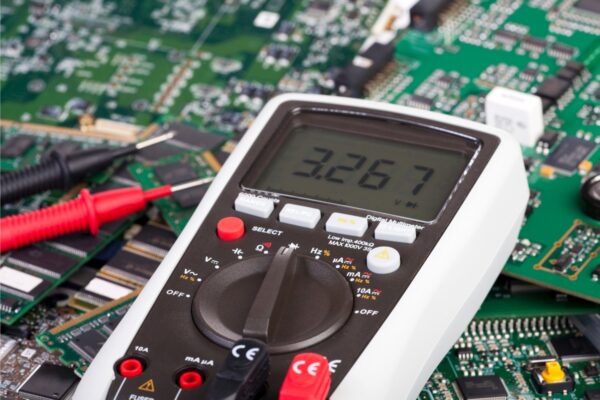What is Component Hole
A component hole is a type of hole on a printed circuit board that is intended for the placement of through-hole components. These holes are strategically drilled into the board and are designed to accommodate the leads or pins of electronic components. The purpose of these holes is to provide a secure and reliable connection between the component and the board.
Component holes can be either plated or non-plated. Plated holes, also known as plated-through holes (PTH), have a conductive layer lining the walls of the hole, allowing for electrical continuity between different layers of the PCB. Non-plated holes (NPTH), on the other hand, do not have this conductive layer and are used for mechanical support or as mounting holes.
The size and dimensions of component holes are critical, as they need to match the specifications of the components being used. The diameter and depth of the hole must be carefully determined to ensure a proper fit and secure attachment of the component. Additionally, the tolerance on the diameter of the hole is specified to ensure consistency and accuracy during the manufacturing process.
Different types of through-hole components can be mounted in component holes, including pins, terminations, or wires. These components are inserted into the holes and soldered on the opposite side of the board to establish electrical connections. Through-hole components offer advantages such as increased mechanical strength and reliability compared to surface mount components, as they are held in place by both the pins and solder.





